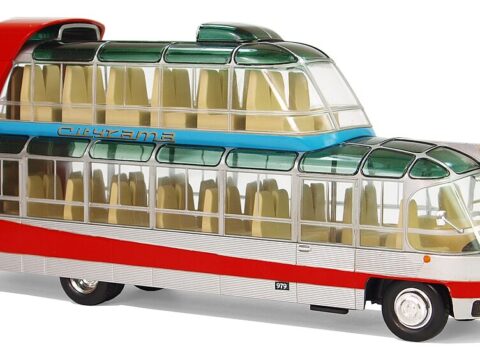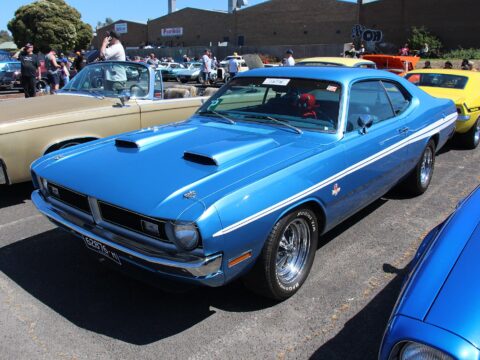Innovative motorcycles often introduce groundbreaking features and designs, yet not all of them make it to the market. These bikes may be halted by production issues, regulatory challenges, or lack of consumer interest despite their advanced technology and unique concepts. The industry has seen numerous prototypes that showcased futuristic elements and potential, but various obstacles prevented them from reaching the public. Here are some innovative motorcycles that failed to hit the market.
Contents
Yamaha Morpho (1989)

The Yamaha Morpho, introduced in 1989, was a highly innovative concept motorcycle designed to adapt to various riding conditions. It featured adjustable ergonomics, including a seat, handlebars, and footpegs that could be electronically adjusted for different riding styles. Despite its groundbreaking design, the complexity and cost of production prevented it from reaching the market.
BMW K1 (1988)
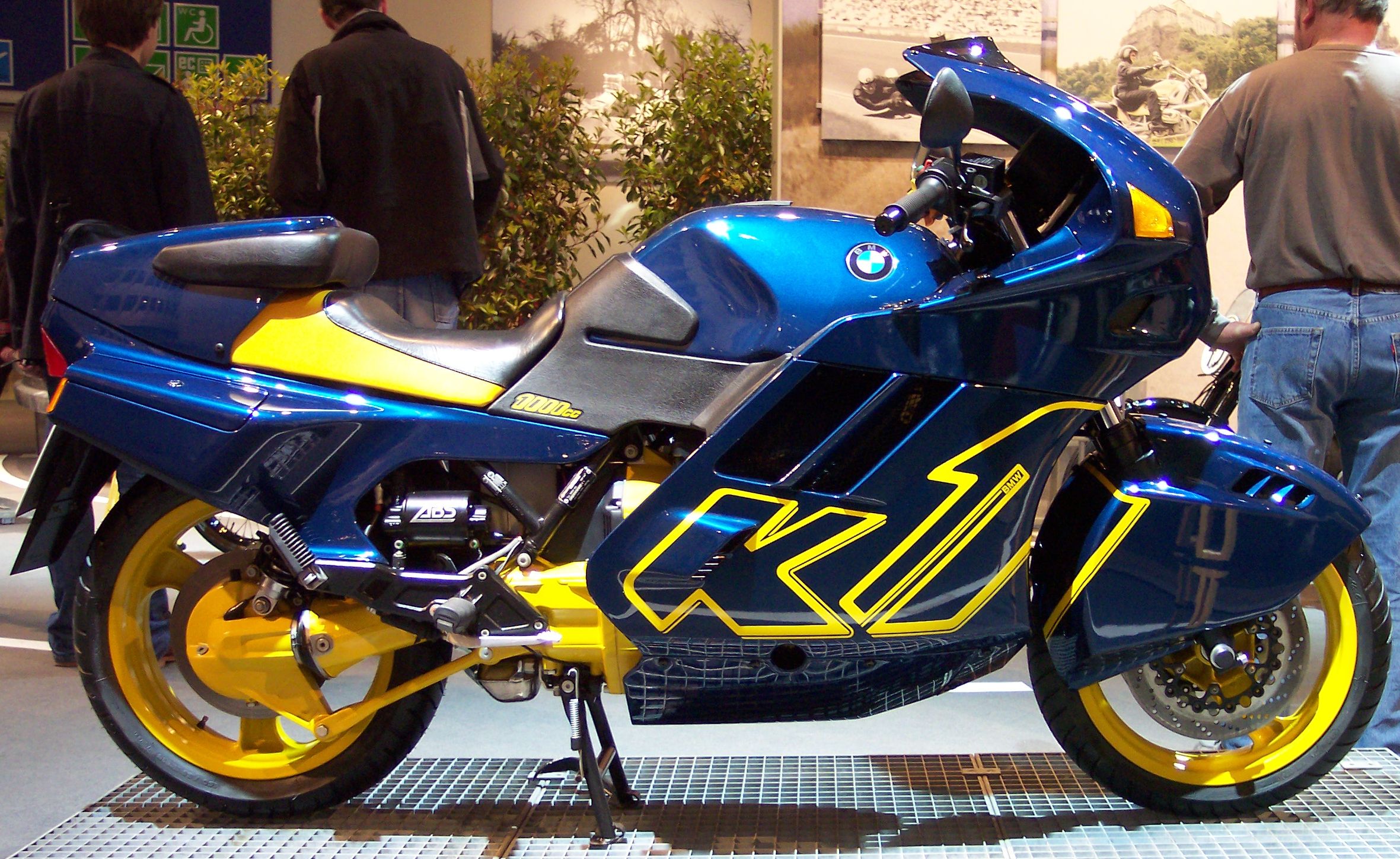
The BMW K1 was an advanced sport-touring motorcycle introduced in 1988, featuring a fully enclosed aerodynamic bodywork and a 987cc inline-four engine. Despite its cutting-edge design and impressive performance, its high price, polarizing looks, and limited practicality led to poor sales, and it was discontinued after a few years.
Honda NR750 (1992)

The Honda NR750, introduced in 1992, was a limited-production motorcycle featuring an innovative oval-piston V4 engine, designed to mimic the performance characteristics of a V8. Despite its advanced technology and impressive performance, the NR750’s high price and limited practicality led to poor sales, and it remained a rare collector’s item.
Kawasaki J Concept (2013)
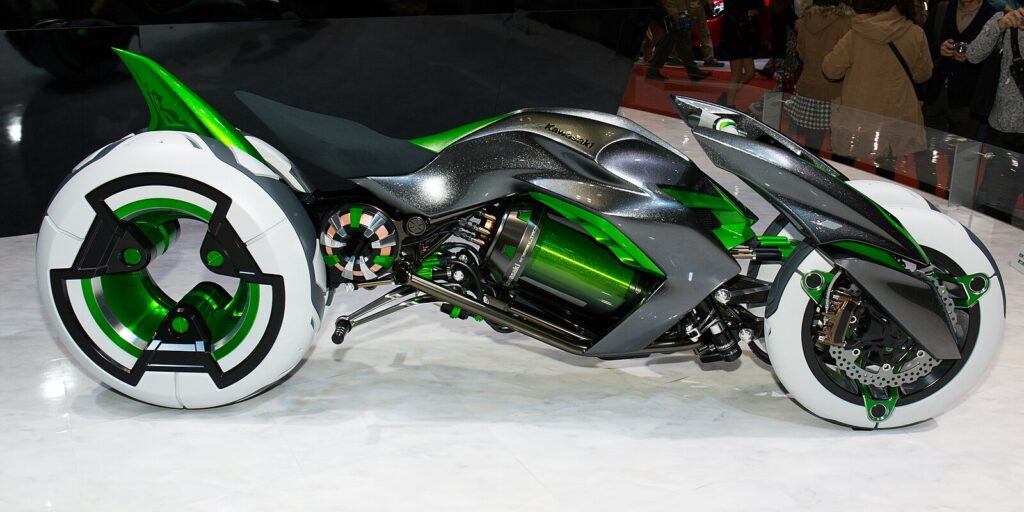
The Kawasaki J Concept, introduced in 2013, was a futuristic three-wheeled motorcycle designed to transform between different riding modes. It featured an adjustable riding position and advanced electronics. Despite its innovative design, the complexity and cost of production prevented it from reaching the market.
Honda V4 Crosstourer Concept (2010)

The Honda V4 Crosstourer Concept, unveiled in 2010, was an adventure motorcycle featuring a V4 engine and advanced electronics. It aimed to offer a blend of on-road performance and off-road capability. Despite its promising design, the V4 Crosstourer never reached production due to shifting market priorities and development challenges.
Ducati Vyper (2001)
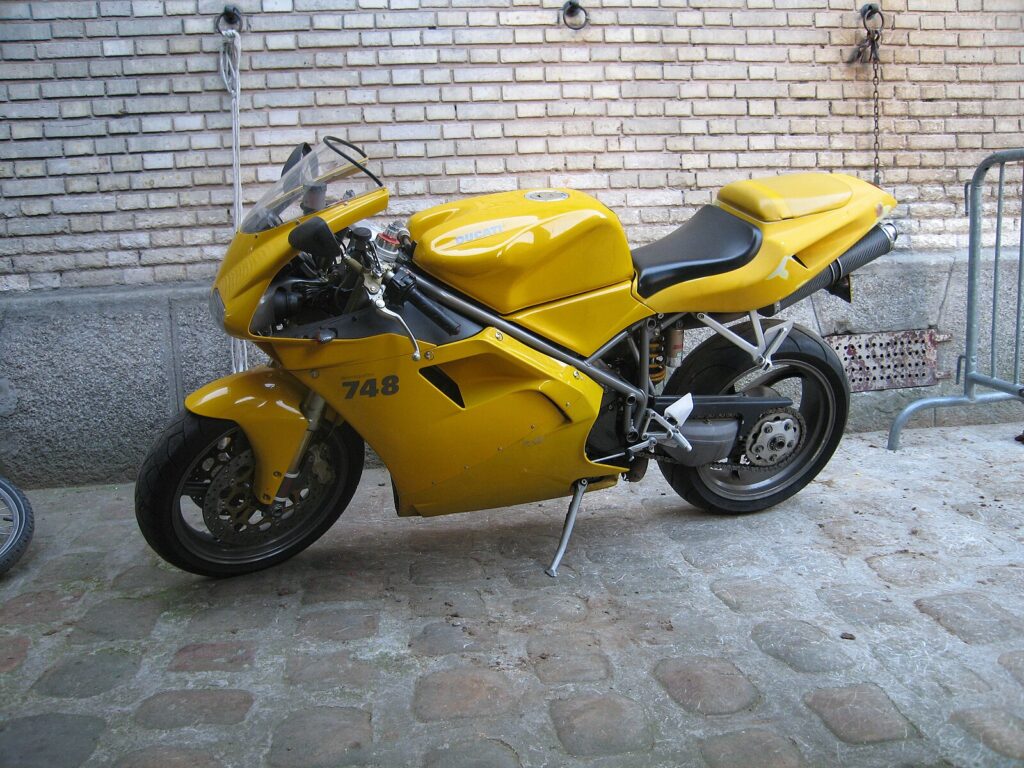
The Ducati Vyper was an ambitious concept motorcycle unveiled in 2001, featuring a lightweight design and a high-performance V-twin engine. Despite its innovative design and Ducati’s reputation for performance, the Vyper never reached production due to financial challenges and shifting market priorities.
Suzuki Recursion (2013)
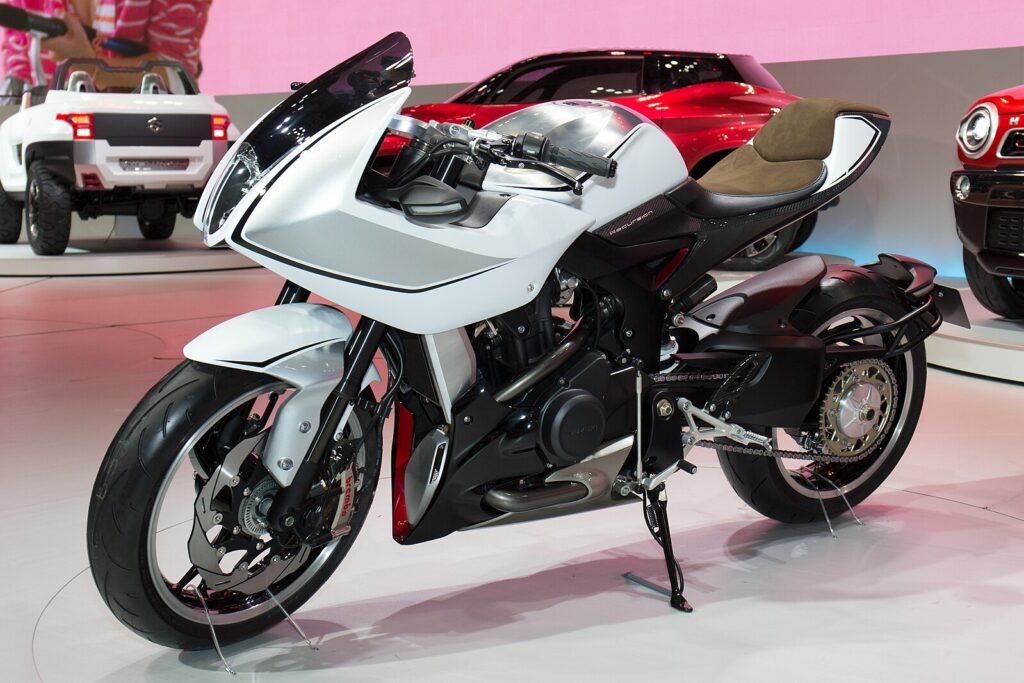
The Suzuki Recursion, introduced in 2013, was a concept motorcycle featuring a turbocharged 588cc parallel-twin engine. It aimed to offer a blend of performance and fuel efficiency. Despite its promising design and potential to revolutionize the middleweight segment, the Recursion never reached production due to development challenges and market uncertainties.
Bimota Tesi 3D (2007)
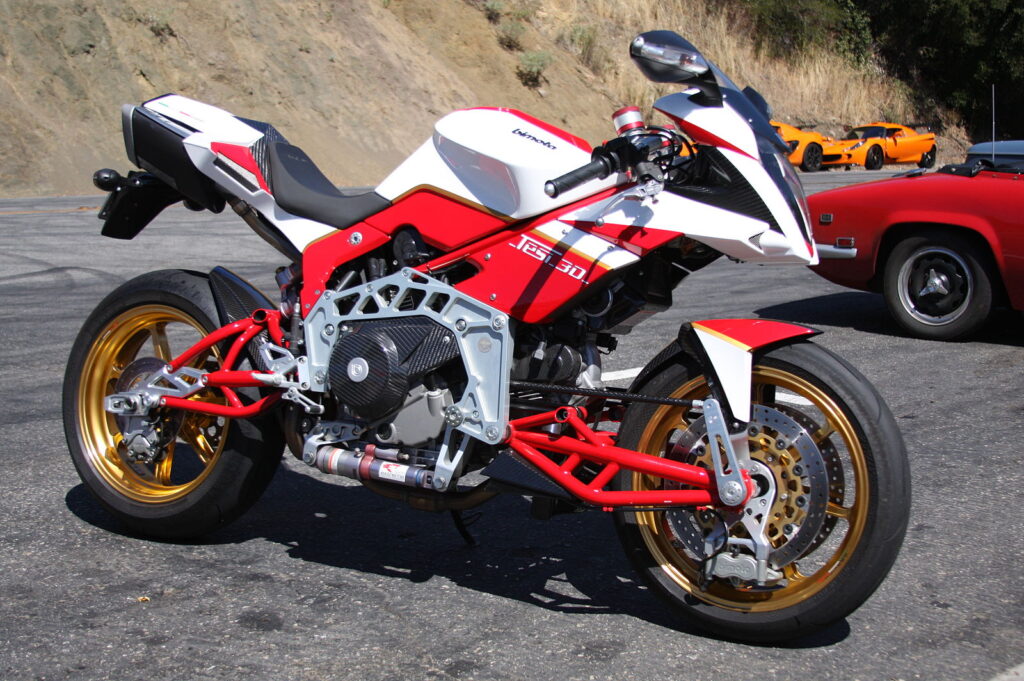
The Bimota Tesi 3D, introduced in 2007, was an innovative motorcycle featuring a hub-center steering system and a unique frame design. Despite its advanced engineering and impressive performance, the Tesi 3D never gained widespread market acceptance due to its high price and limited practicality.
Yamaha Tesseract (2007)
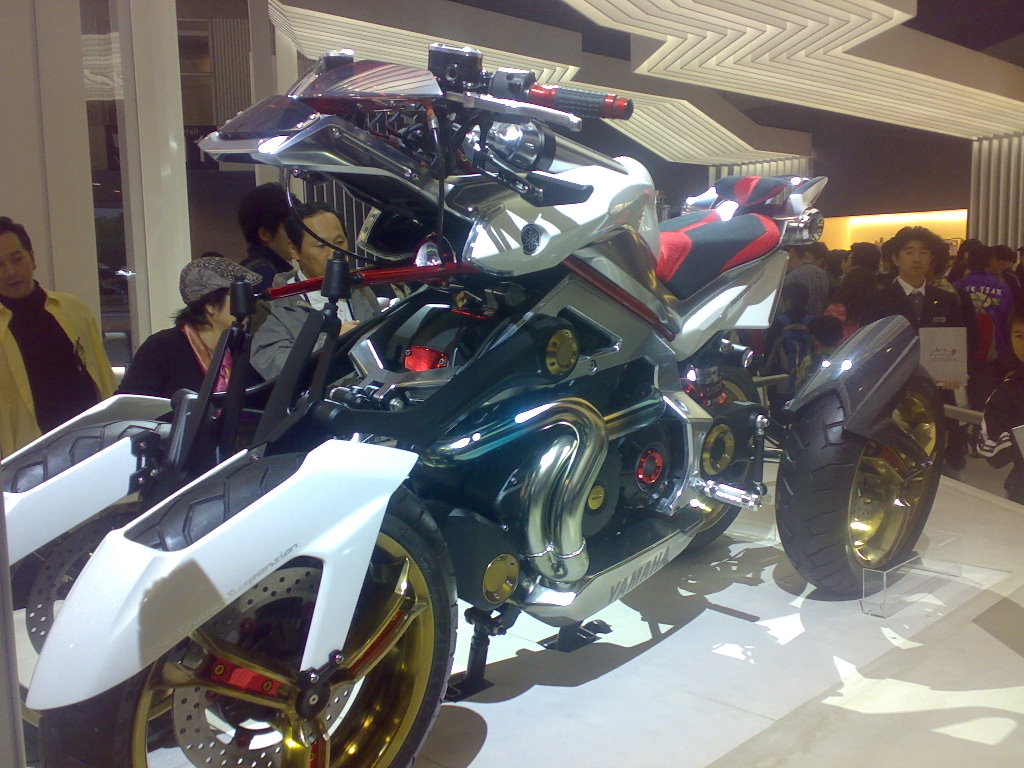
The Yamaha Tesseract, introduced in 2007, was a radical four-wheeled motorcycle concept designed to offer enhanced stability and performance. Despite its innovative design and potential to revolutionize the motorcycle market, the Tesseract never made it to production due to its complexity and the challenges of mass production.
KTM RC8 Venom (2005)
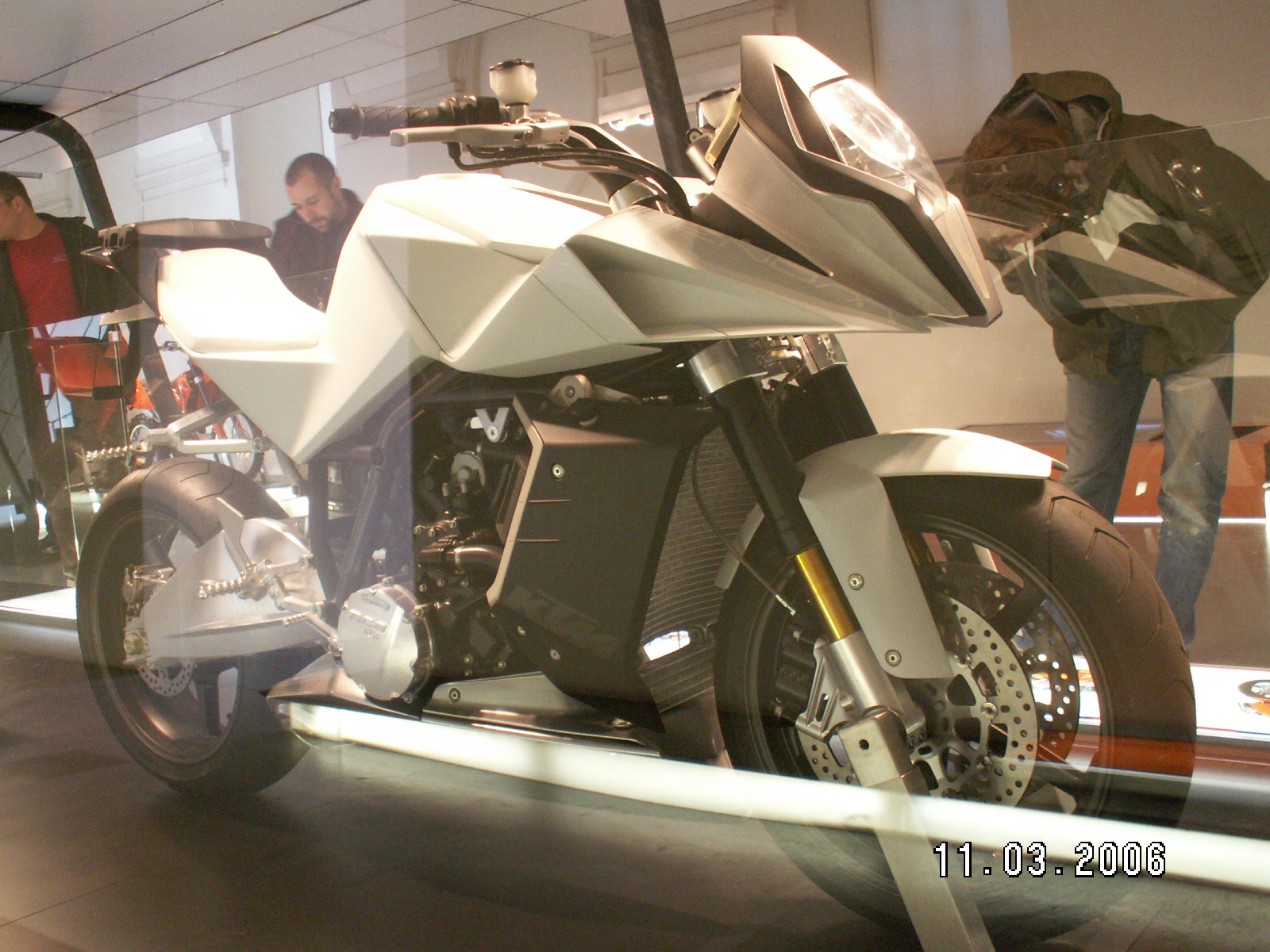
The KTM RC8 Venom was an ambitious concept motorcycle unveiled in 2005, featuring a high-performance V-twin engine and advanced aerodynamics. Despite its promising design and potential to compete in the superbike segment, the RC8 Venom never reached production due to financial challenges and development issues.
Vectrix Superbike (2010)

The Vectrix Superbike, introduced in 2010, was an ambitious electric motorcycle concept designed to offer high performance and zero emissions. Despite its promising design and potential to revolutionize the electric motorcycle market, the Vectrix Superbike never reached production due to financial challenges and market uncertainties.
Norton Nemesis (1998)
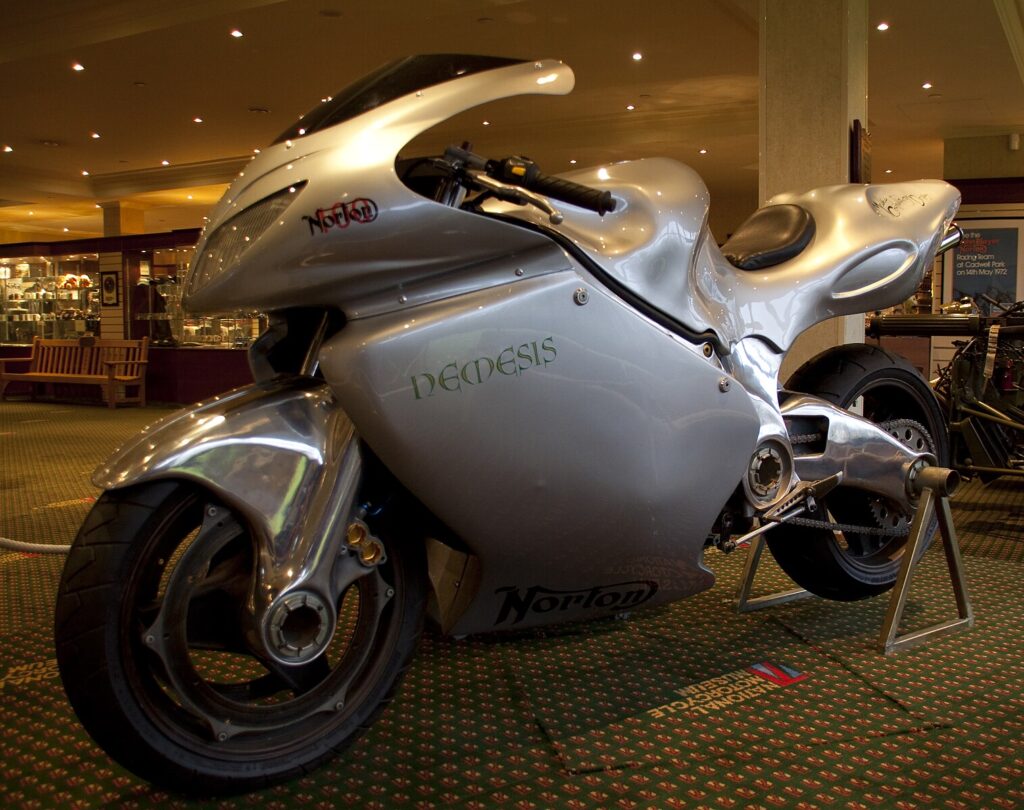
The Norton Nemesis, introduced in 1998, was an ambitious concept motorcycle featuring a supercharged rotary engine and advanced electronics. Despite its innovative design and potential to attract performance enthusiasts, the Nemesis never reached production due to financial constraints and the eventual closure of Norton.
BMW R7 (1934)
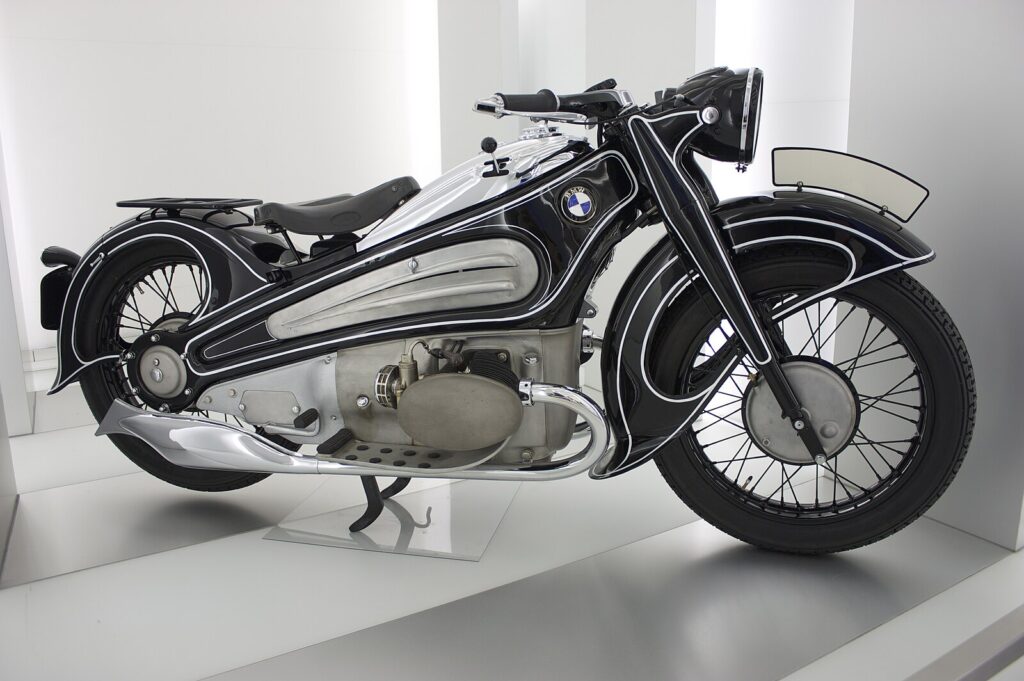
The BMW R7 was an innovative concept motorcycle introduced in 1934, known for its Art Deco-inspired design and advanced engineering. It featured a 750cc boxer engine, enclosed shaft drive, and a streamlined body with integrated fenders and fuel tank. Despite its futuristic design, the R7 was deemed too expensive to produce, and only one prototype was ever built. The bike never made it to production, but its influence can be seen in later BMW models. The R7 remains a highly sought-after piece of BMW history, with the original prototype fully restored and displayed at motorcycle shows.
Moto Guzzi V8 (1955)
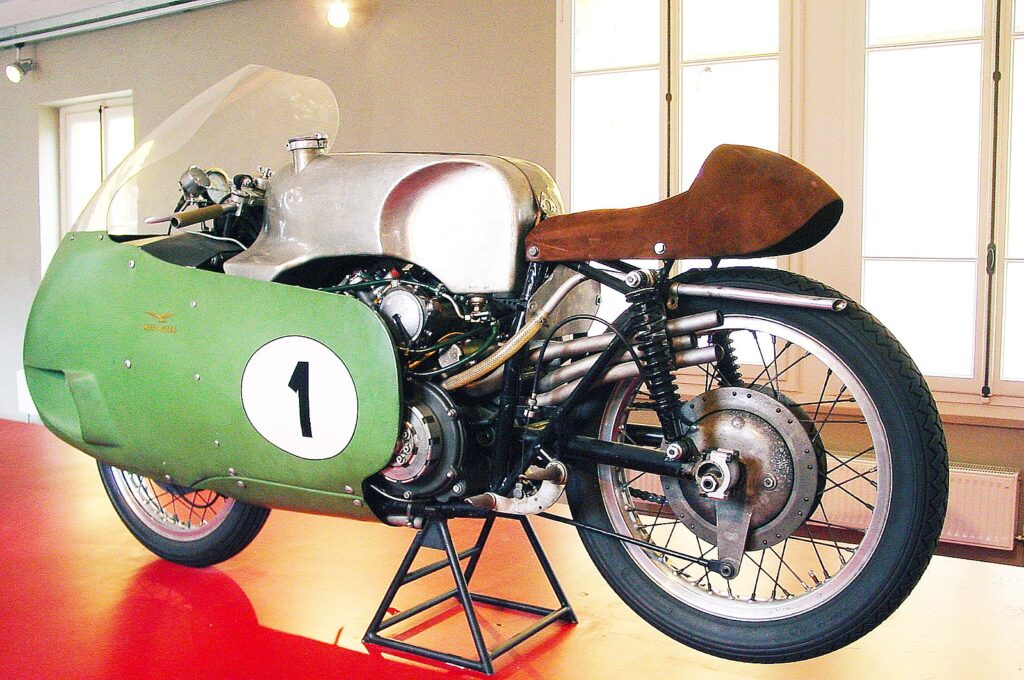
The Moto Guzzi V8, also known as the “Otto Cilindri,” was an experimental racing motorcycle developed in the 1950s. It featured an innovative 500cc V8 engine, a rarity in motorcycle design. Despite its impressive engineering and performance potential, the V8 was plagued by reliability issues and was never fully developed into a successful race bike. Only a few prototypes were built, making it one of the most fascinating and elusive motorcycles in history.
Norton Rotary (1988)
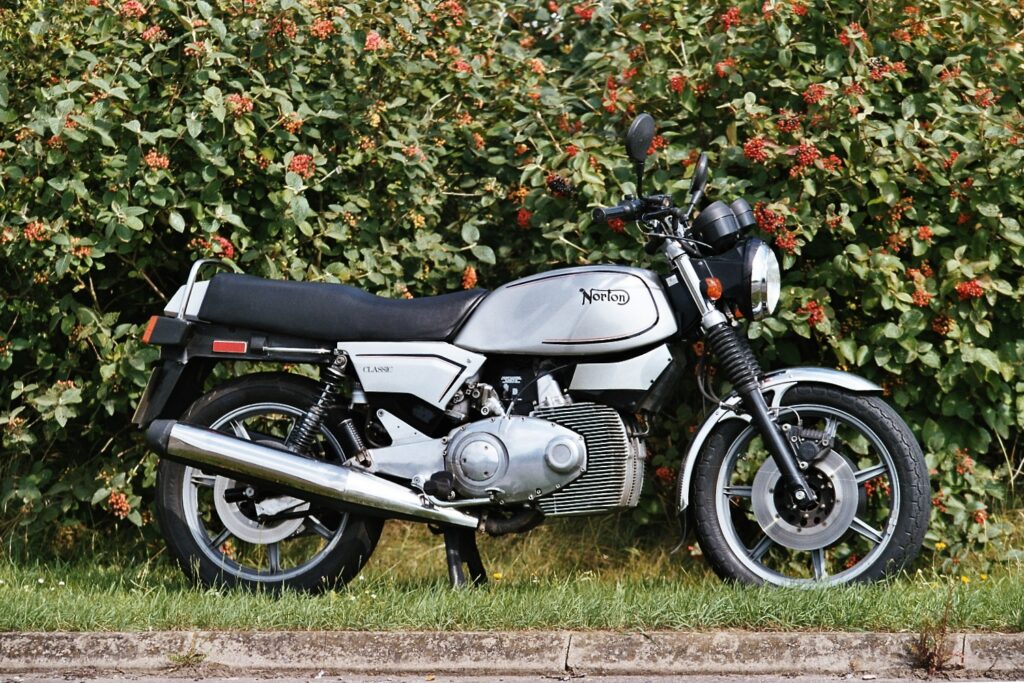
The Norton Rotary, specifically the Norton F1, was an innovative motorcycle that utilized a Wankel rotary engine. This engine was lightweight and compact, providing smooth power delivery. Despite its advanced engineering and unique design, the F1 was expensive to produce and maintain, limiting its market appeal. The rotary engine also faced issues with fuel consumption and reliability, leading to its eventual discontinuation. Today, the Norton F1 is a rare collector’s item, known for its distinctive engine and place in motorcycle history.
Yamaha RZV500R (1984)
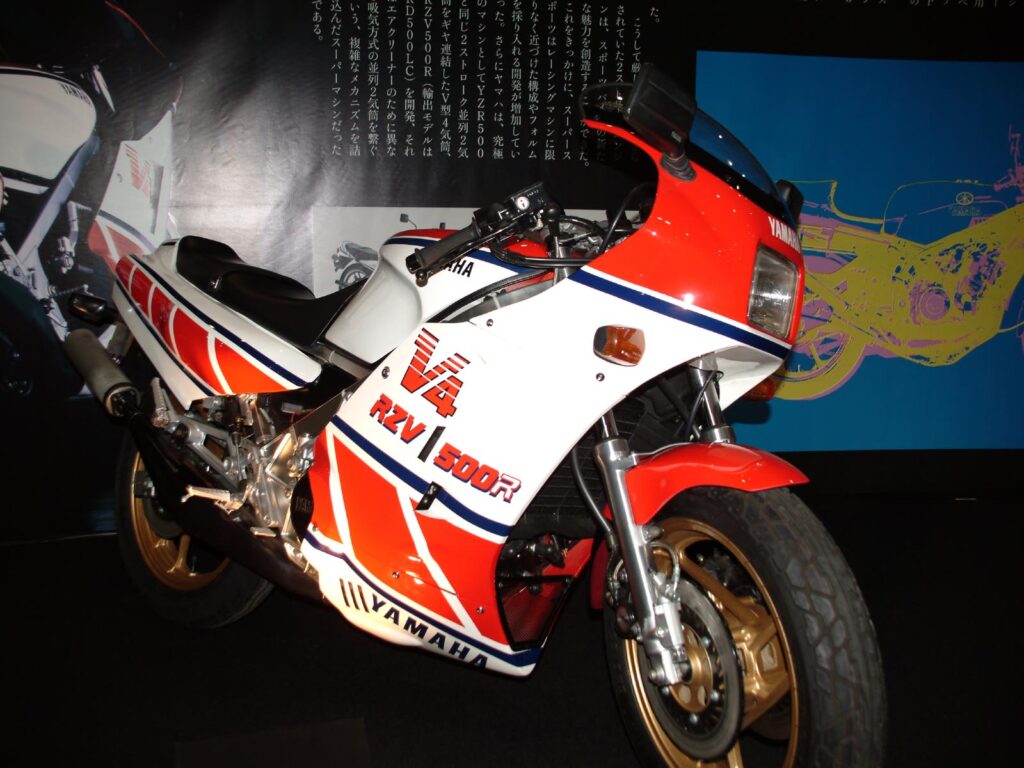
The Yamaha RZV500R was a road-going version of Yamaha’s successful YZR500 Grand Prix race bike, featuring a 500cc V4 two-stroke engine. While it was a technological marvel with a lightweight aluminum frame and advanced suspension, the RZV500R was never officially sold outside Japan, making it extremely rare. Its complex engine and high maintenance requirements limited its appeal, and it failed to gain a broader market despite its racing pedigree. The RZV500R remains a highly collectible motorcycle for enthusiasts of two-stroke performance machines.
Brough Superior SS100 (2014)
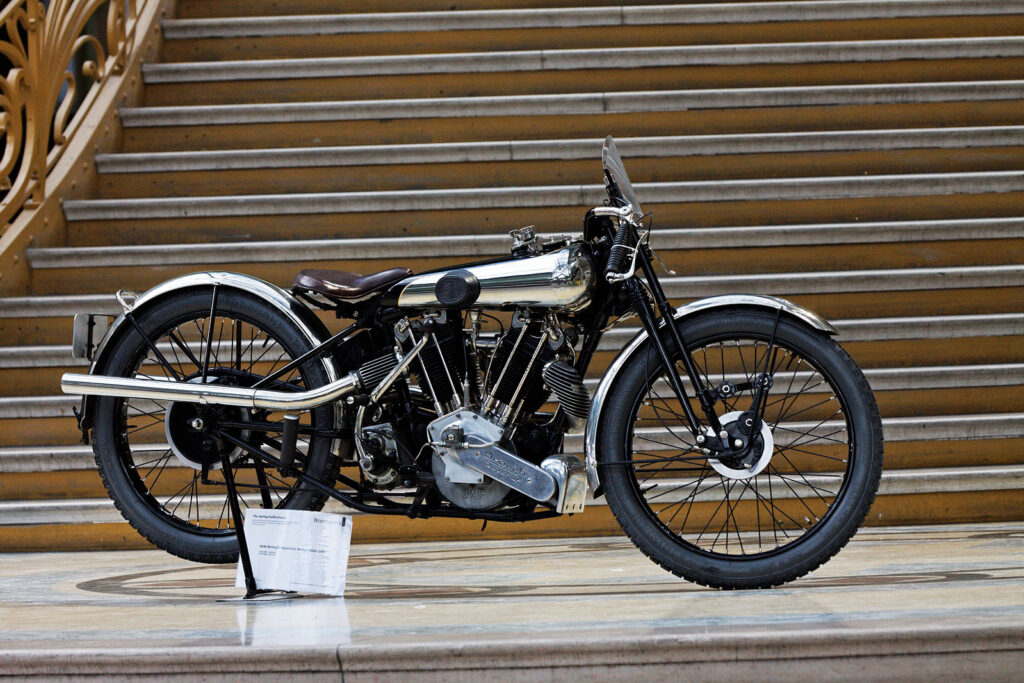
The Brough Superior SS100 was a modern revival of the legendary SS100, known as the “Rolls-Royce of Motorcycles” in the 1920s and 1930s. The 2014 version featured a 997cc V-twin engine and modern components, including advanced suspension and brakes. Despite its heritage and advanced engineering, the new SS100 was produced in very limited numbers, with a price tag that reflected its exclusivity. The high cost and limited availability meant that it failed to capture a significant market, remaining a niche product for wealthy collectors.
Confederate Wraith (2007)

The Confederate Wraith was an avant-garde motorcycle that featured a futuristic design with a focus on raw performance. Powered by a 1,966cc V-twin engine, the Wraith was known for its aggressive styling, use of carbon fiber, and billet aluminum construction. Despite its innovative approach, the Wraith’s high price and limited production numbers kept it from becoming a mainstream success, leaving it as a rare and intriguing example of motorcycle design.
Honda NR750 (1992)
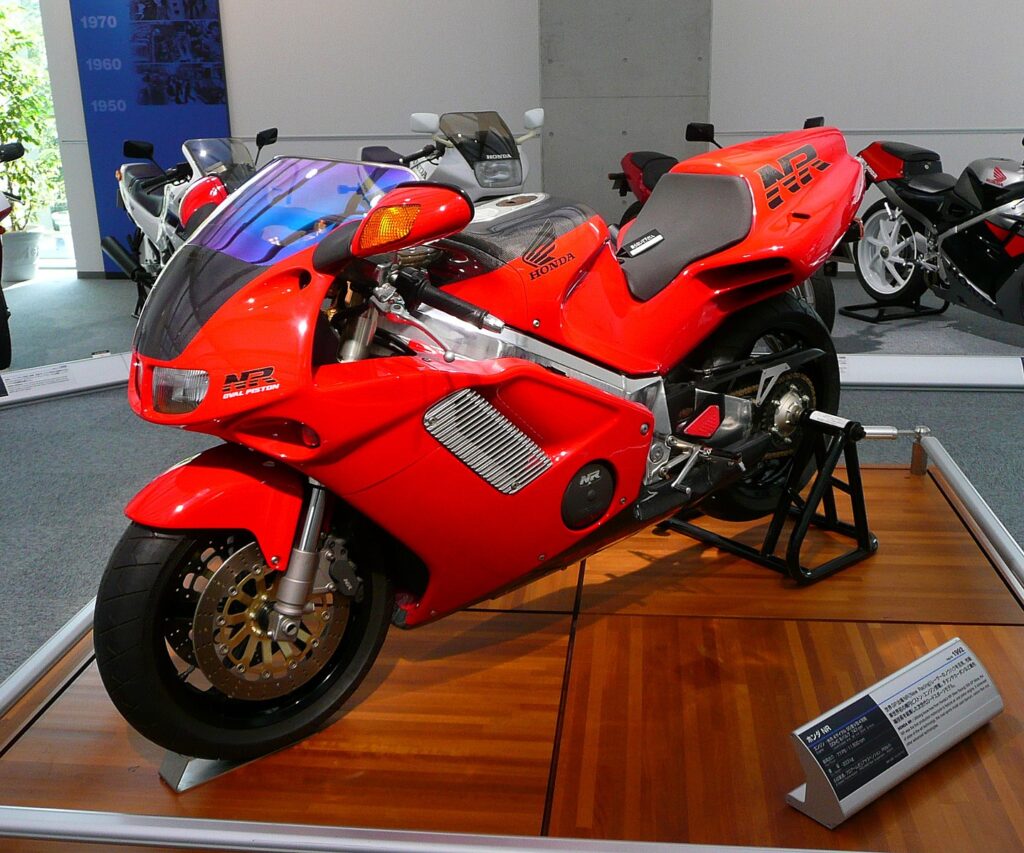
The Honda NR750 was a technological tour de force, featuring an oval-piston V4 engine, which was essentially a V8 with two pistons per cylinder, providing more valve area for better breathing. The NR750 was also one of the first motorcycles to use carbon fiber extensively in its bodywork. However, the bike’s complexity and high cost ($50,000 at launch) made it inaccessible to most buyers, and only 300 were produced. Despite its innovation, the NR750 was more a showcase of Honda’s engineering prowess than a commercial success.
KTM RC8 (2008)
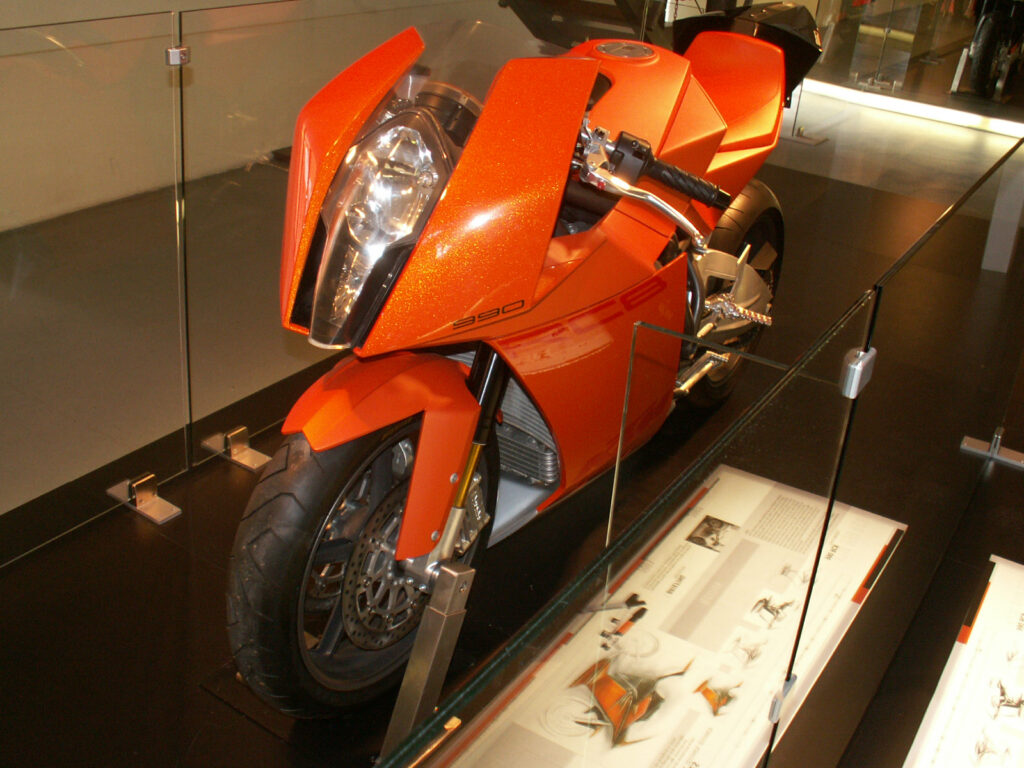
The KTM RC8 was an ambitious project by the Austrian company to enter the competitive superbike market. It featured a 1,148cc V-twin engine with 155 horsepower and a striking angular design. Despite its impressive specifications and the brand’s success in off-road racing, the RC8 struggled to compete with established Japanese and Italian superbikes. The RC8 was eventually discontinued due to poor sales and KTM’s decision to focus on other segments. It remains a rare and innovative bike that failed to gain a strong foothold in the market.
This article originally appeared in MyCarMakesNoise.
More from MyCarMakesNoise
17 Rare Concept Cars That Became Valuable Collectibles
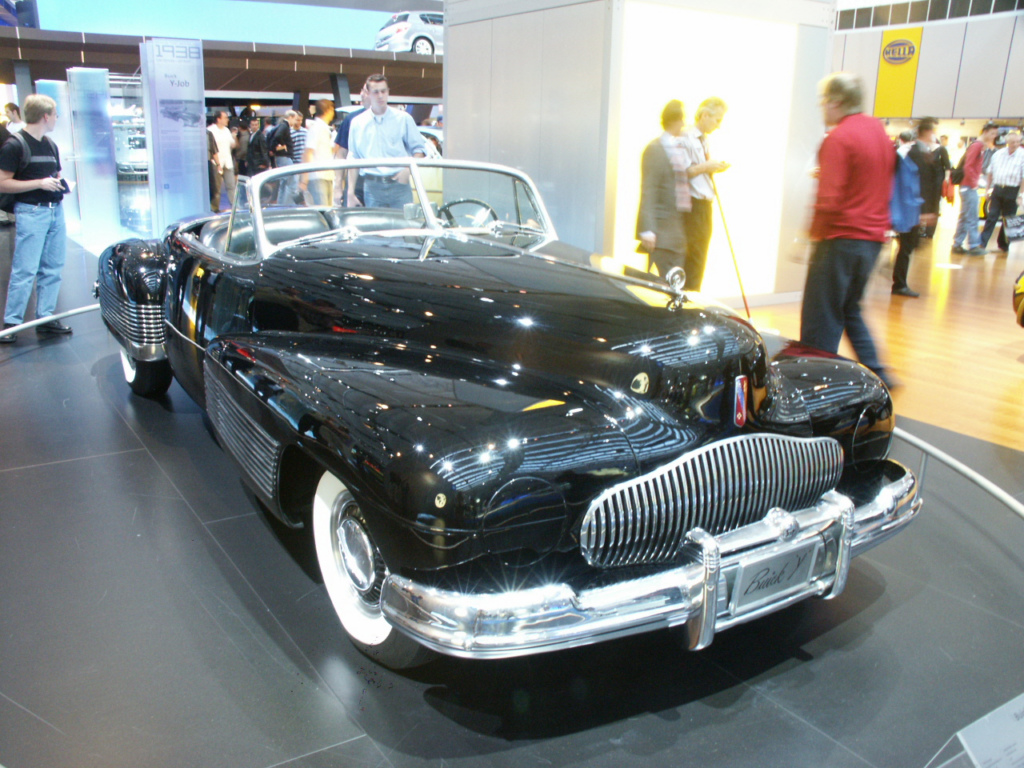
oncept cars have always fascinated car enthusiasts and collectors with their innovative designs and cutting-edge technology. Some of these rare prototypes never made it to production, yet they have become highly coveted collectibles over time. Read More
17 Game-Changing Automotive Innovations of the 2020s

The 2020s have brought a wave of innovation and transformation to the auto industry, changing the way we think about cars and mobility. From advancements in electric vehicles to the rise of autonomous driving technology, these game-changing trends are shaping the future of transportation. Read More
21 Mistakes That Can Make Your Car a Magnet for Thieves

Simple mistakes can make your car an easy target for break-ins. From leaving valuables in plain sight to forgetting to lock the doors, these common errors can attract thieves. Read More



